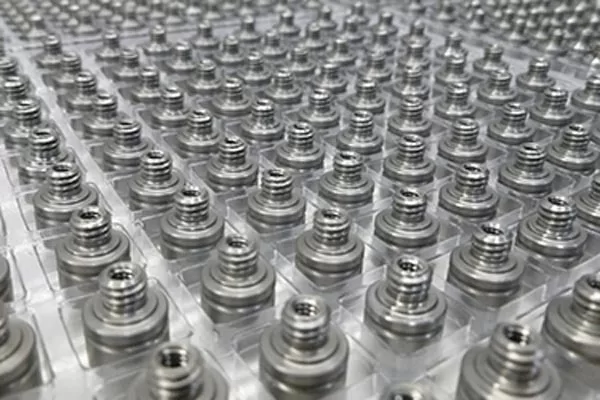Low volume manufacturing has many factors that need special consideration when it’s time to plan for a new product. Not all methods of manufacturing work for all tasks. There is no standard material to handle all manufacturing projects. You need to crunch numbers and manage a case study to understand the logistics of creating a product in the open market. That’s how most workshops get to understand what they need to build the best version of your idea.
Once you have worked out the details regarding all these considerations and analysis, you need to make your choice of materials. The following is just a brief list of some of the most common plastic resins used in the manufacturing industry for low volume manufacturing as well as the use they have:
Acrylics
It’s a plastic resin that is similar to Polycarbonates. It can reach astonishing levels of clearness and endure a large number of impacts before even denting. It’s famous for being used as a bumper in many vehicles. It’s also widely used on touch-based technology such as tablets and smartphones.
Butadiene
A plastic resin that is also known as ABS. It’s essentially anti-corrosive plastic created to withstand plenty of chemical agents such as acids. It’s often used to line guns, as well as Kevlar armor and many military and camping equipment.

Low volume production parts
Polycarbonates
Most windows on modern households are created using this material. It can mimic the properties of glass with enough polish treatment. It’s also known for being extremely durable. It can also be tampered to withstand strong winds or outside impacts. This material is the best option to create riot control equipment like plastic shields and armor.
Polyethylene
The most malleable resin found in the market. It’s known for being sturdy, and it’s possible to manipulate with nearly every type of tooling depending on the elements used to create the product. Workshops usually use it to achieve desired densities on plastics with uneven molecular weight. Polyethylene is as durable as what it’s designed with it. You can see how it’s used anywhere, from plastic bags to bottles.
Polyethylene Terephthalate
This resin is well known better as Polyester fiber. It resembles fabric, so it’s widely used to manufacture apparel by mixing it with natural materials such as cotton. Polyester is considered the most environmentally-friendly resin out there since it can be recycled.
Polyamide
Polyamide is the scientific name we give to Nylon. This is also a plastic material widely used in unique ways in many industries because it’s amazingly flexible and has lasting durability. Nylon is also used to manufacture powerlines, sewing thread, floss, ropes, and many more applications.
Once you have learned the best way to create your brand new product using low volume manufacturing procedures, one of these materials will recommendations will come in handy to make your product cost-effective and give you the chance to compete in the open market!
